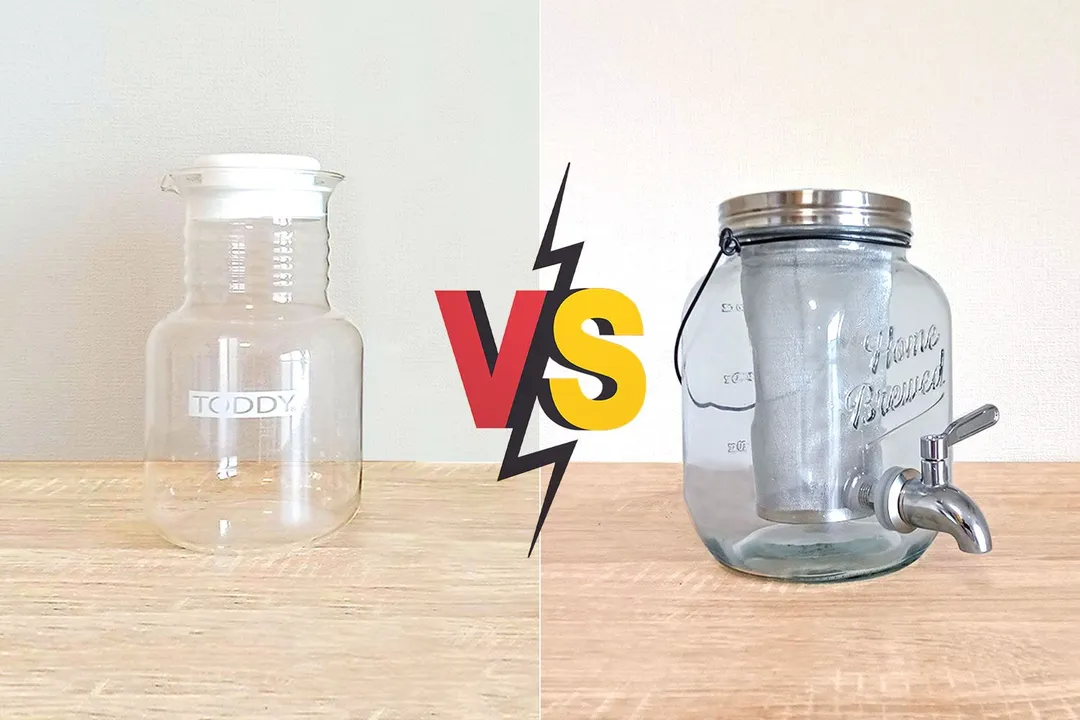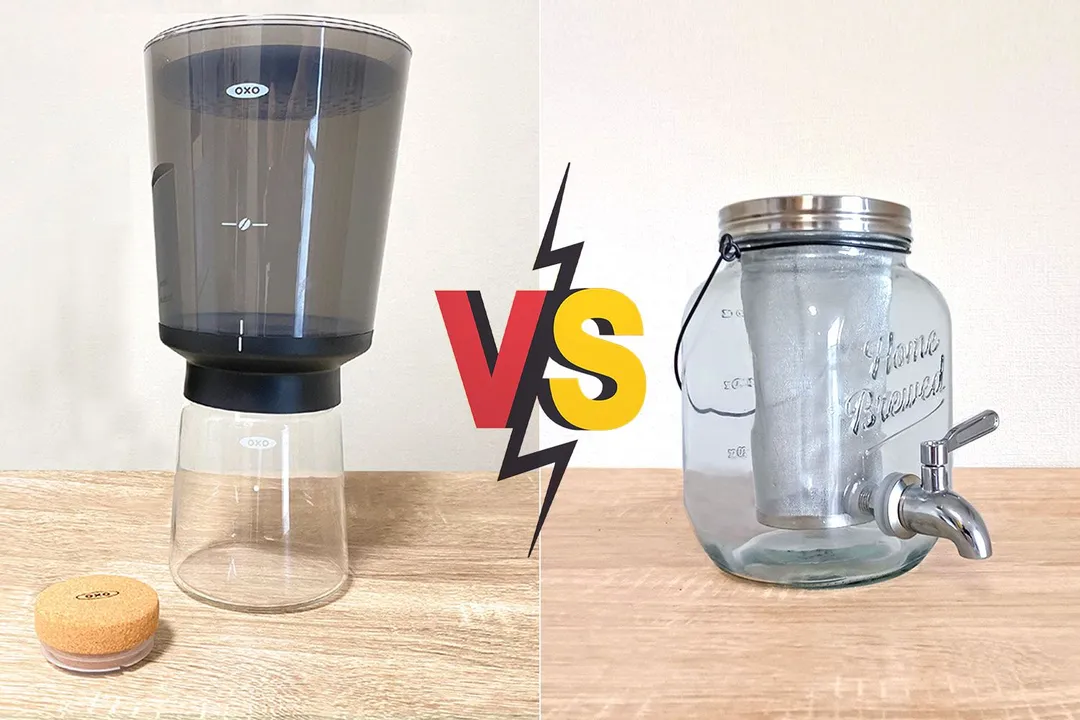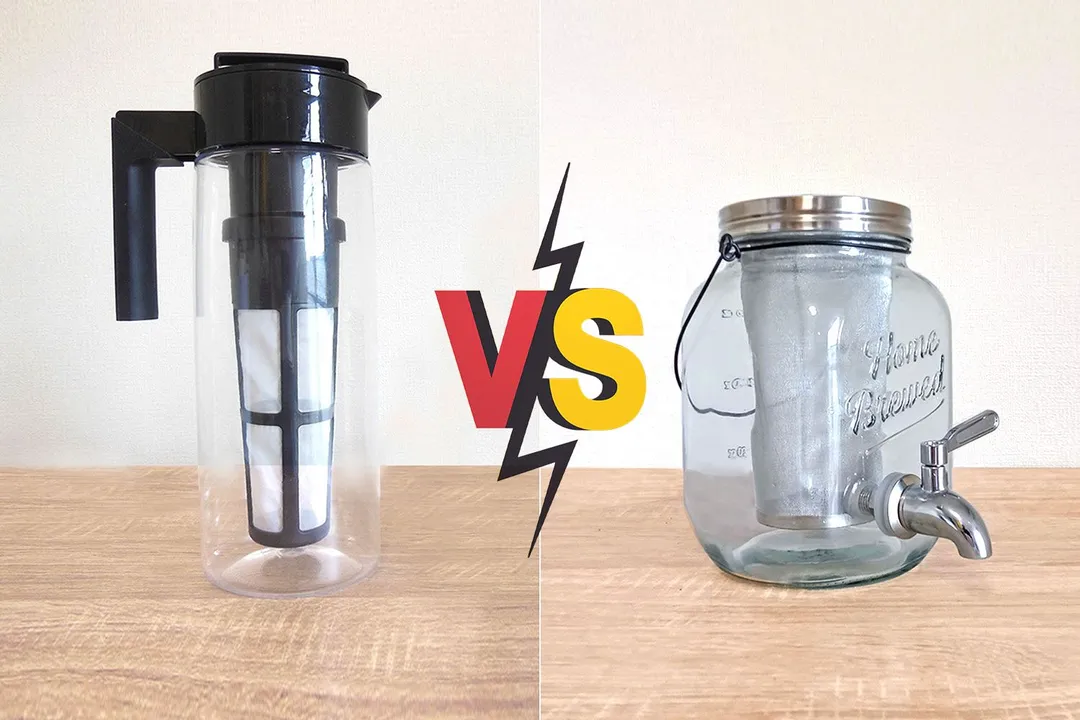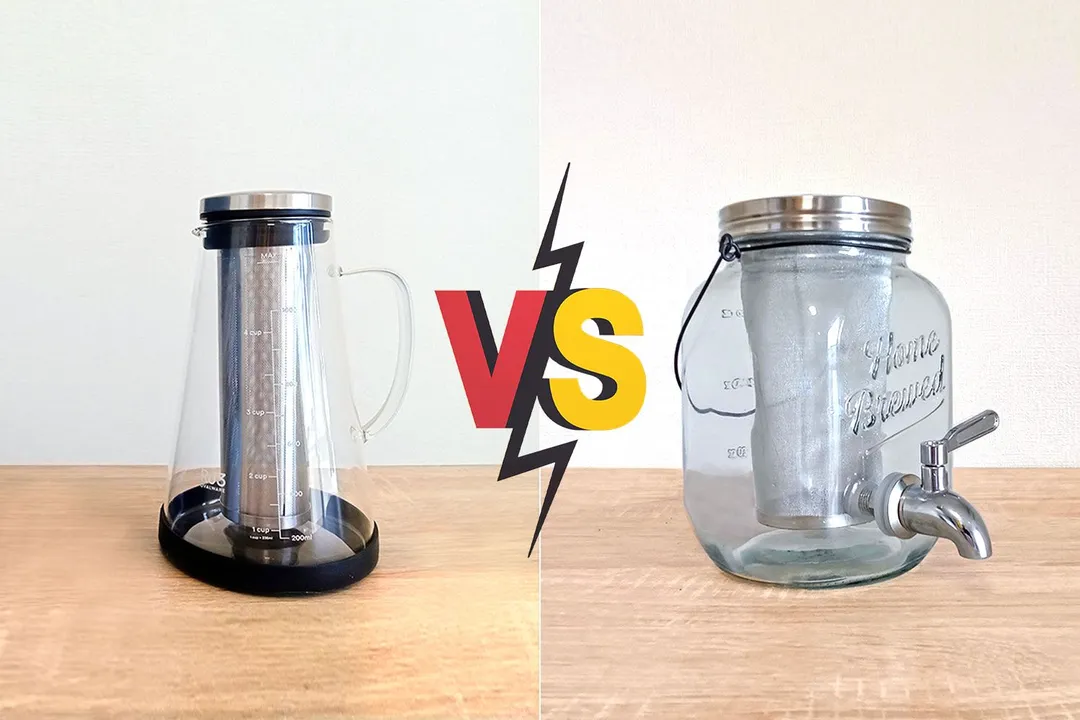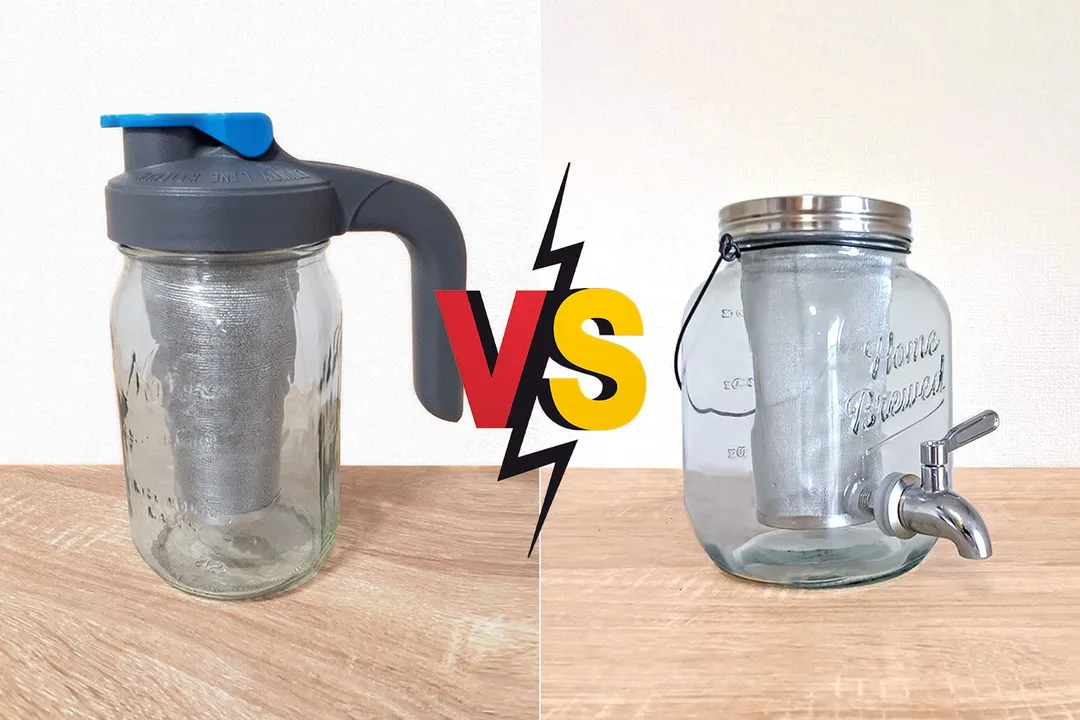Our recommendations are made independently through Research & Testing. We may receive commissions from purchases made via our links.
Goodful vs Willow & Everett Side-by-Side Comparison
Goodful cold brew coffee maker vs Willow & Everett mason jar. An indoor brewer and a shelf brewer, both for quantity brewing.
Goodful
Tested Using Methodology v1.0Willow & Everett 1 Gallon
Tested Using Methodology v1.0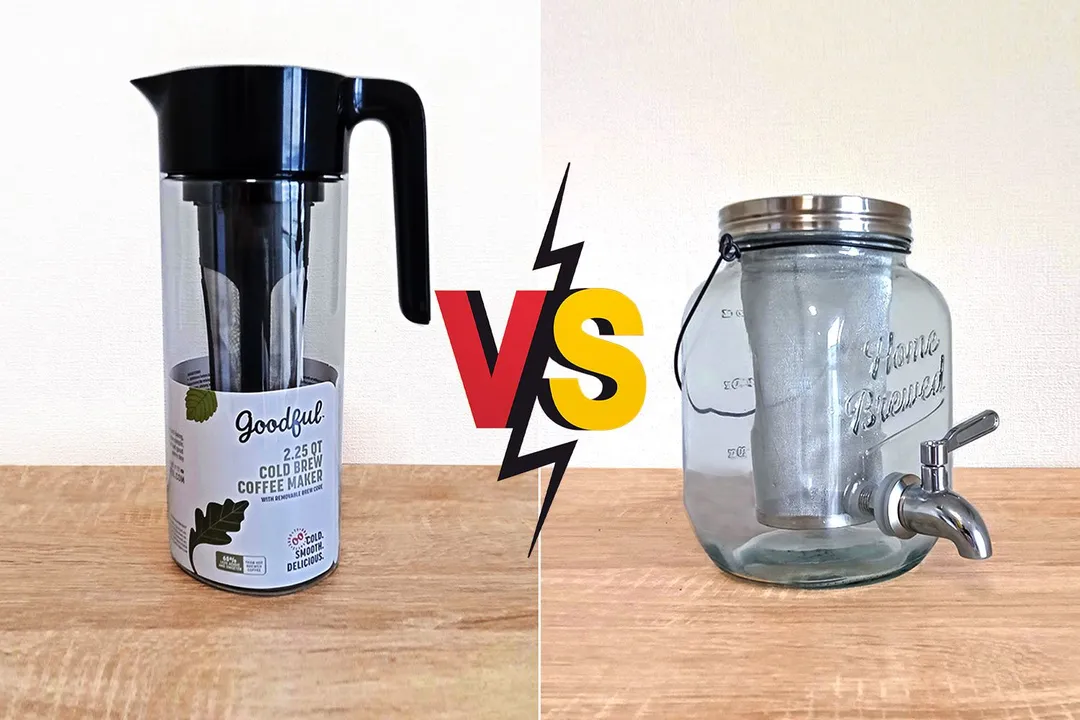
Overall Verdict
The Goodful is a large plastic brewer that can yield up to 67 fl.oz. or 2 liters of cold brewed coffee. It can stand in the door of a large refrigerator, but may be too wide for some smaller ones. The Willow & Everett, on the other hand, comes in a half and one gallon size and can produce up to 100 fl.oz. (3 L) of cold brew coffee.
Once the filter is removed, the Goodful can be laid on its side for storage, whereas the Willow & Everett needs to stand on a shelf. If you’re looking to brew a large quantity in a brewer that’s set inside the door of your refrigerator, Goodful is not a bad choice. However, the similar Takeya is an all round better proposition in both design and brew quality.
Compared to the Willow & Everett and Takeya’s brew ratio of 1:9, the Goodful is only 1:18. This means you get a much stronger brew from the Willow & Everett. However, the Willow & Everett does have design and quality issues. This includes the poor quality of the lid, the fragility of the glass around the tap or spigot, and the poor workmanship of the filter.
Pros & Cons
- Durable
- Removable filter base
- Turn-to-pour lid
- Funky design
- Brew ratio
- Brew quality
- Tap dispenser
- Not a good fit for small refrigerators
- Clunky lid
- Lid design
- Weak glass around tap
- Tap is temperamental
- No literature
Key Specs
Where to Buy
*You help support HealthyKitchen101's product testing and reviews by purchasing from our retail partners.
Analysis and Test Results
Brew Quality
Bouquet
Drinkability
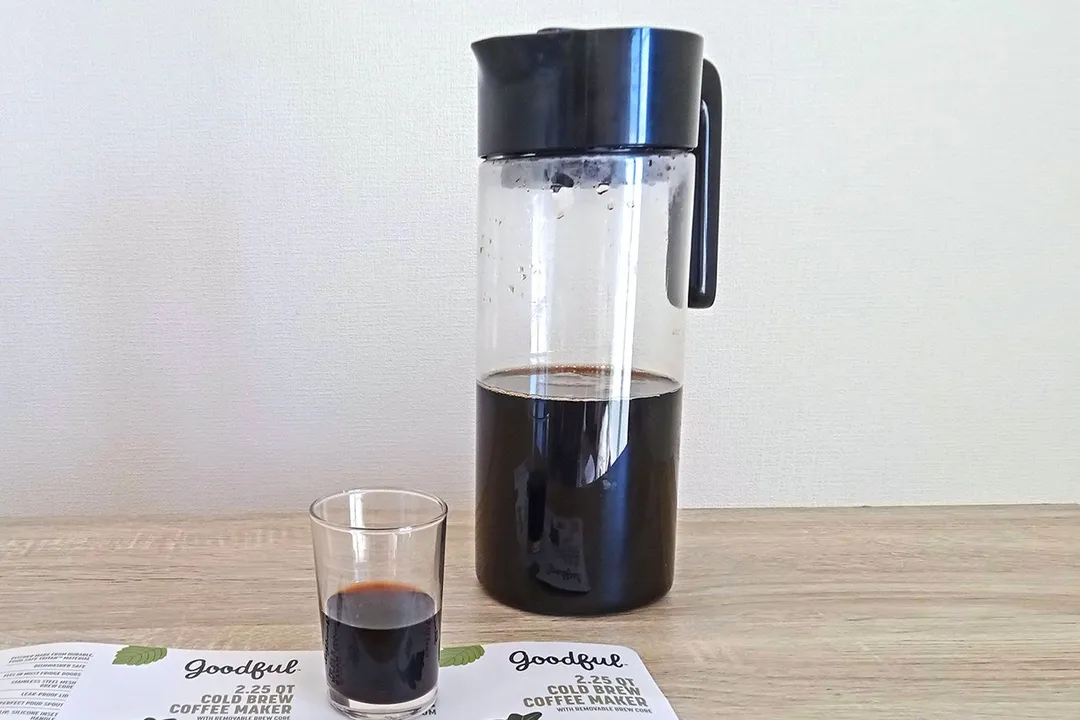
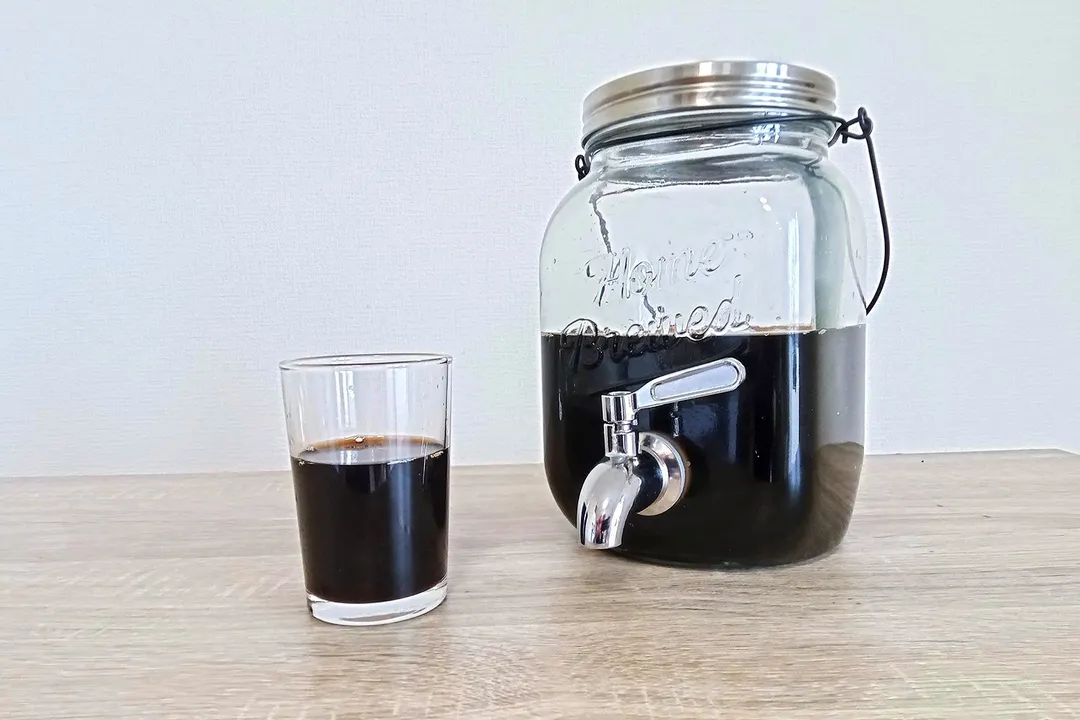
Sediment
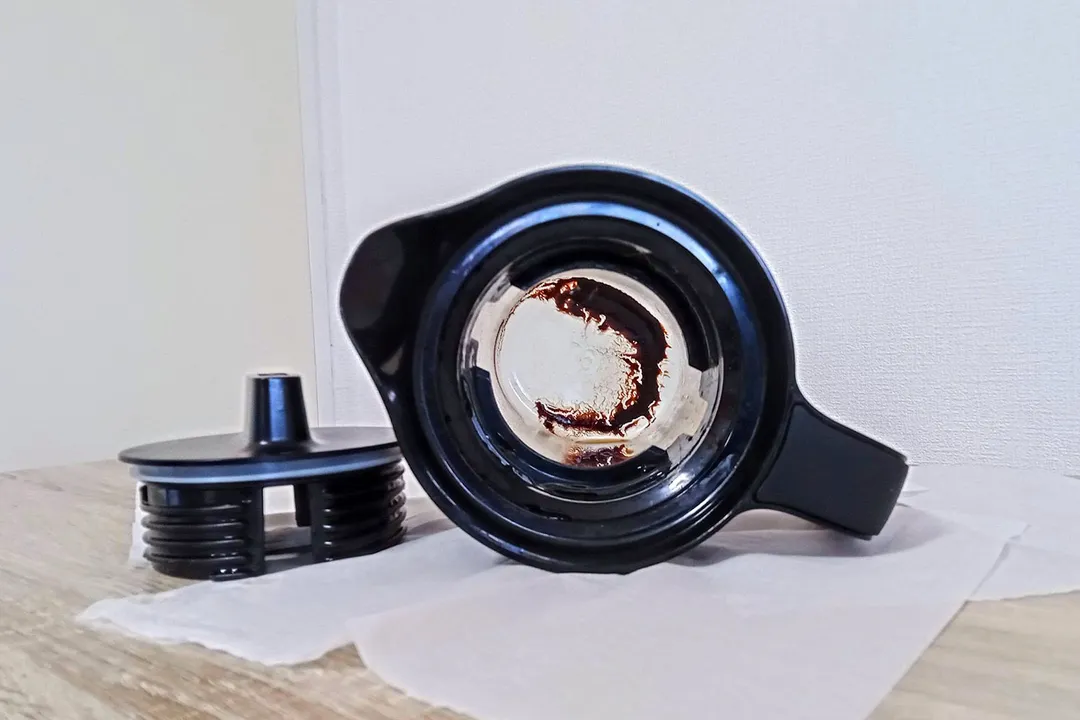
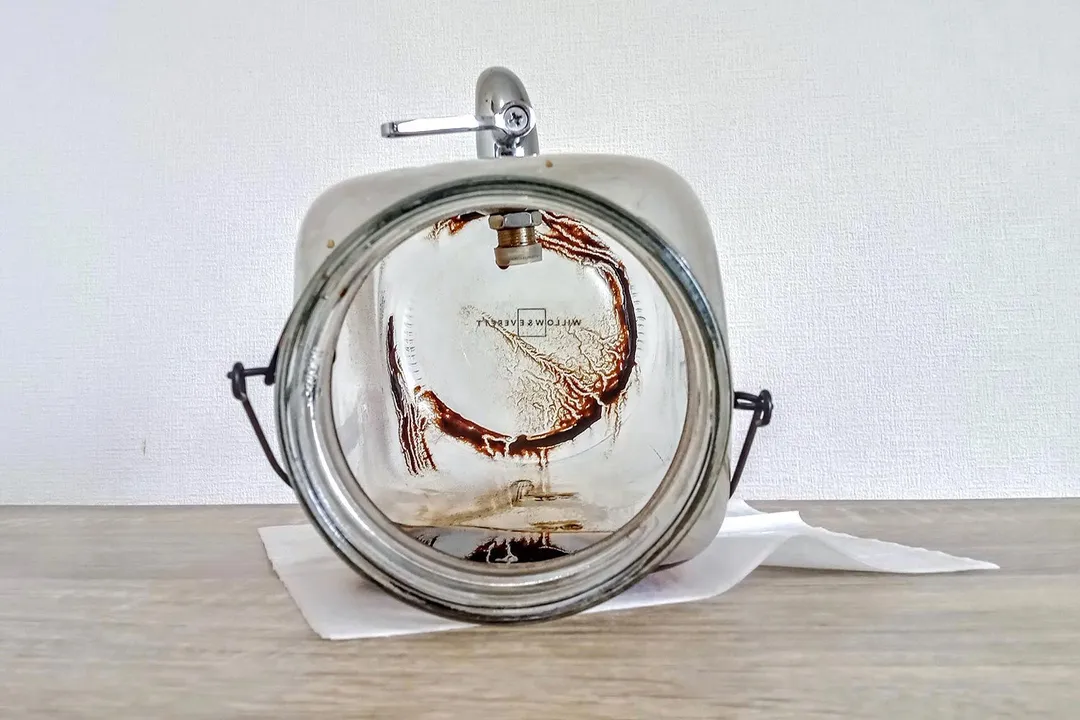
Design
In the Box
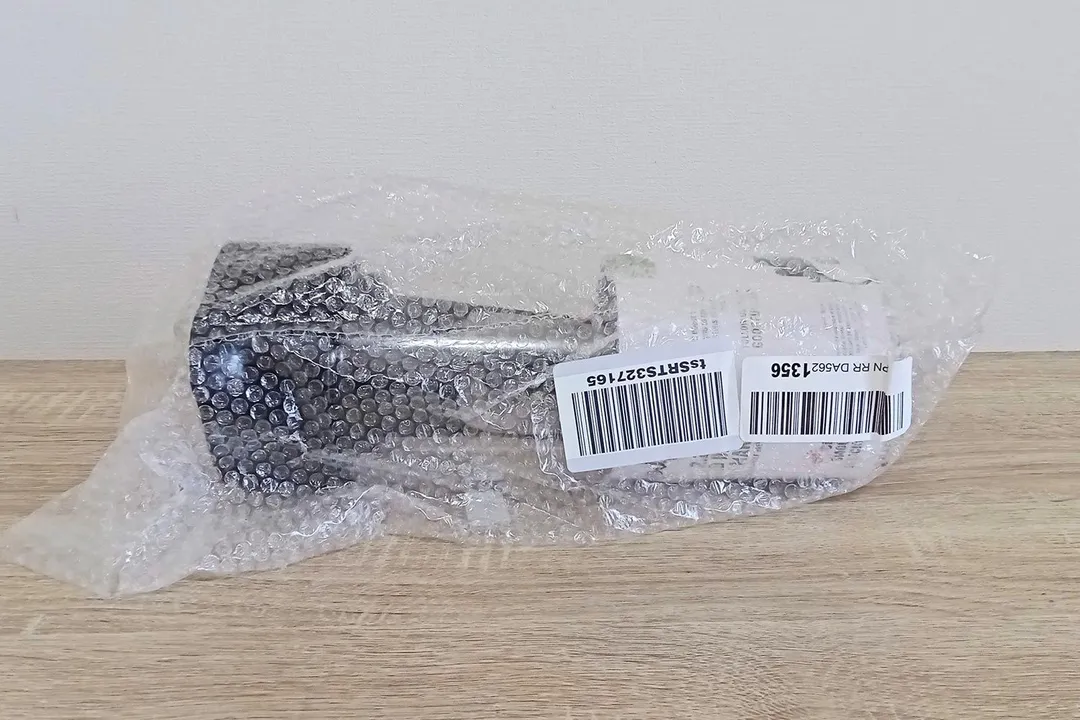

Decanter
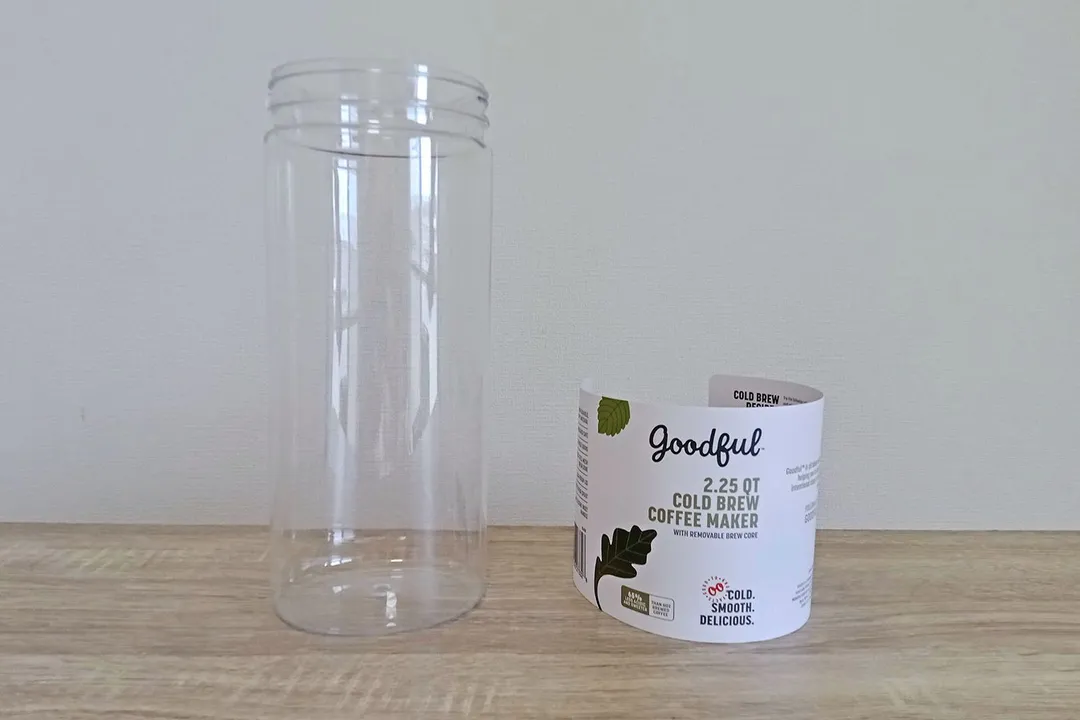
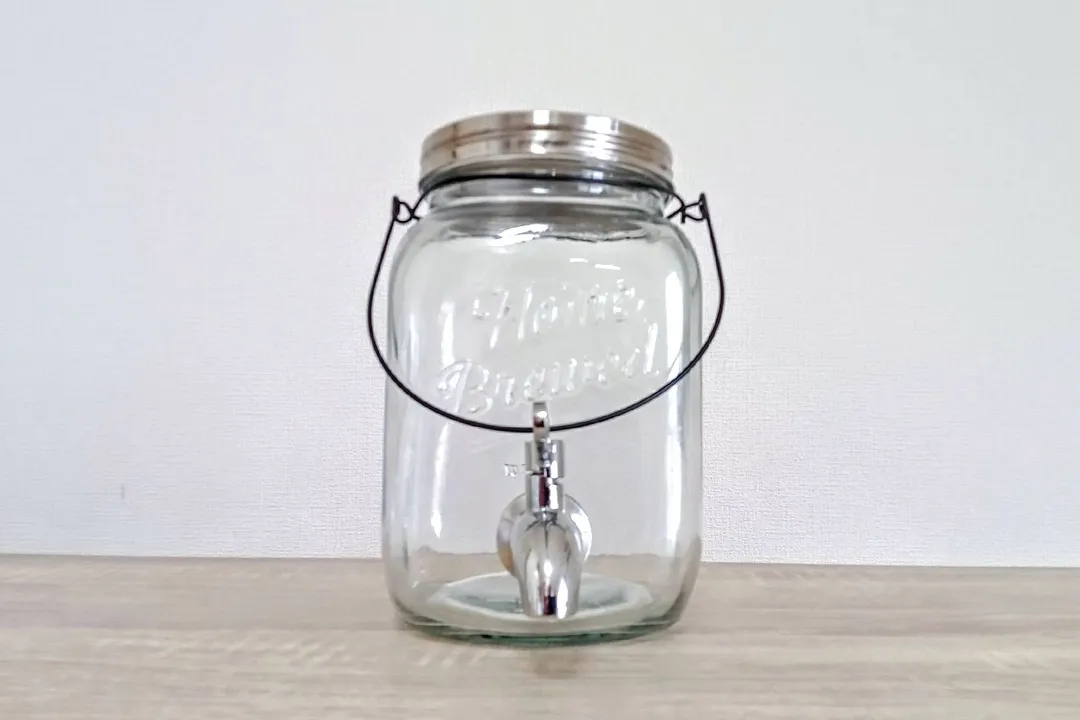
Stopper / Lid
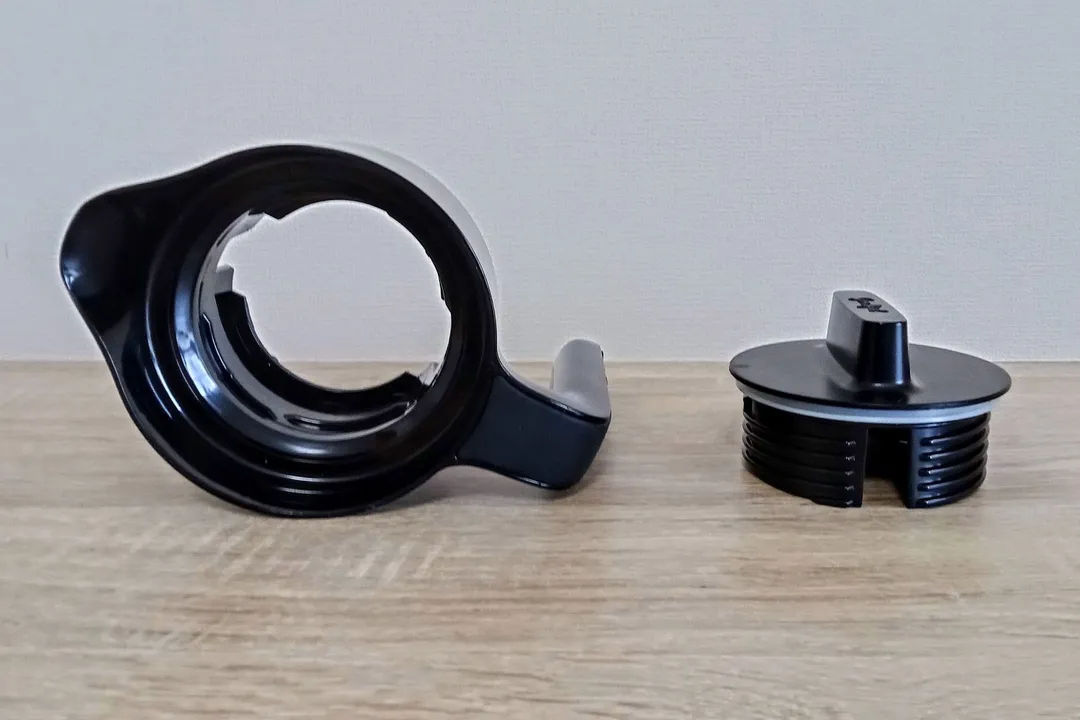

Filter


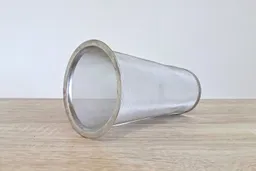

Build Quality


Usability
Brewing
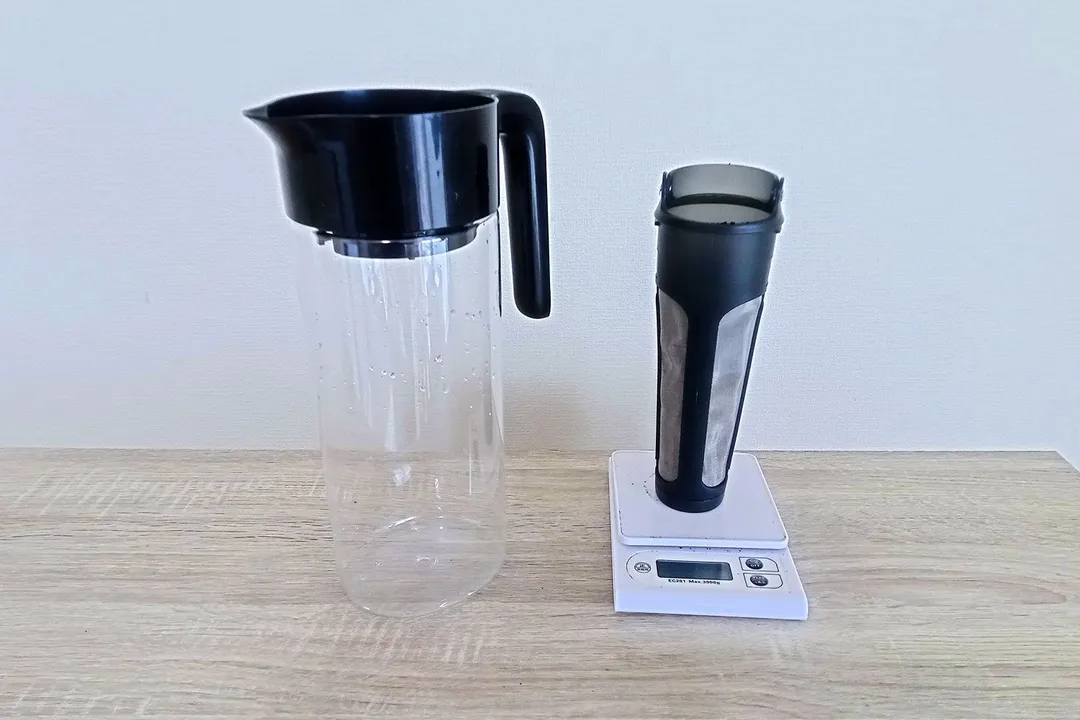

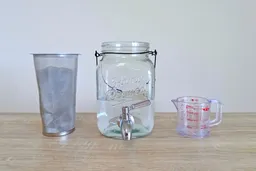

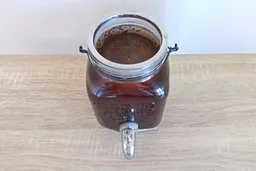
Decanting
Cleaning and Storage
Behind the Comparison
Roger Shitaki is a writer, author, and editor. His niches are household appliances, health & wellness, and travel. He’s a freelance contributor to a Tokyo lifestyle website and a leading ophthalmology magazine in Asia.

